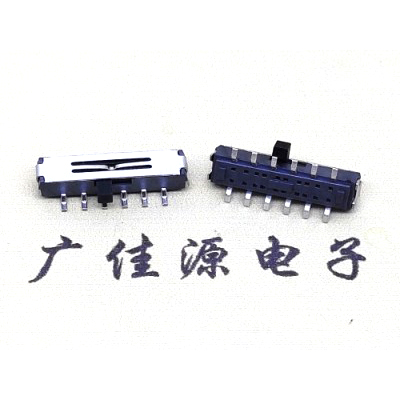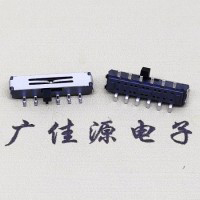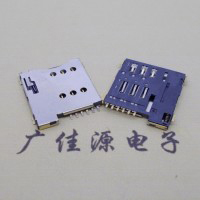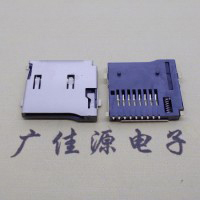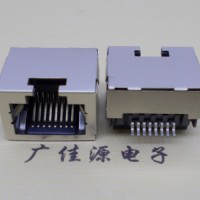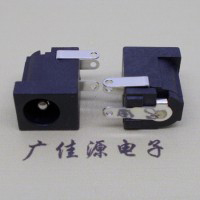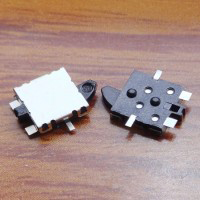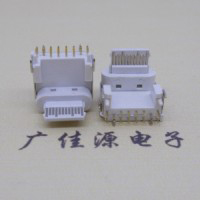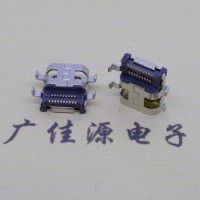Twelve-pin two-position SMD. Horizontal switch. Toggle Switch. Microswitch, twelve-foot two-position patch is a common electronic components, usually used in the circuit of the switching function. Its structure mainly includes a sliding arm equipped with conductive material and a set of fixed contacts, through the sliding arm and contacts between the contact and separation control circuit on and off. Horizontal switches are generally installed on the base of lamps or appliances, and the switch function is realized by lightly pressing or rotating operation, which has the characteristics of easy to use and beautiful appearance. Toggle switches are commonly used in home appliances to realize switching control through up and down or left and right toggles, and their structure is simple and durable. Micro switches are compact and highly reliable, and are widely used in industrial automation, such as the feedback control of sensor devices.
2. Analyze the application scenarios of different mechanical switchgear in life, for example, twelve-legged two-position patches are commonly used in electronic product circuit control, horizontal switches are commonly used in lamp control, toggle switches are widely used in home appliance switch control, and micro switches are commonly used in industrial automation devices.
Twelve-legged two-position patch is widely used in various electronic products, through the plug operation for circuit connection and disconnection, such as cell phones, computers, remote controls, etc.. Horizontal switches are commonly used in a variety of lamps and lanterns, through the up and down movement or rotation to realize the light on and off, to provide convenient lighting control. In addition, toggle switches, as a classic mechanical switching device, are widely used in home appliances, such as TVs, fans, washing machines, etc., to change the on-off state of the circuit by toggling left and right or up and down to realize the start-stop control of the equipment. Micro switch is mainly used in industrial automation devices, through the small mechanical activities to achieve signal transmission and control, to ensure the normal operation and efficiency of the equipment.
The advantages of mechanical switchgear are its simple operation, low cost and high reliability. Because mechanical switches utilize physical-mechanical connections for operation, they do not require complex logic circuitry, making them widely used and easy to maintain. In addition, mechanical switches often have a long service life, can withstand a large number of switching cycles, and are even more reliable in special environments. However, because of their mechanical structure, they may be susceptible to failure in harsh environments due to dust, moisture, etc., and also have a limited service life. With the continuous development of technology, people's requirements for switchgear are also improving, and mechanical switches may be replaced by smarter and more flexible electronic switches in some specific scenarios.

